Following up on my earlier post on Nashik, we headed out on Saturday morning to visit Anjaneri Fort, a historic and religious place on the road to Trimbakeshwar. Anjaneri Fort is said to be the birthplace of the Hindu god Hanuman. Hanuman is a major figure in the Hindu epic Ramayana. Anjaneri was Hanuman’s mother and gives her name to his birthplace.
It was about a 45-minute drive from our hotel to the turn off the main road. We headed up sharply, through a small village, and into the area managed by the Forest Department. There was a small entry fee. We arrived at the parking lot below the impressive cliffs of the Trimbakeshwar Range. This is the view from the parking lot.
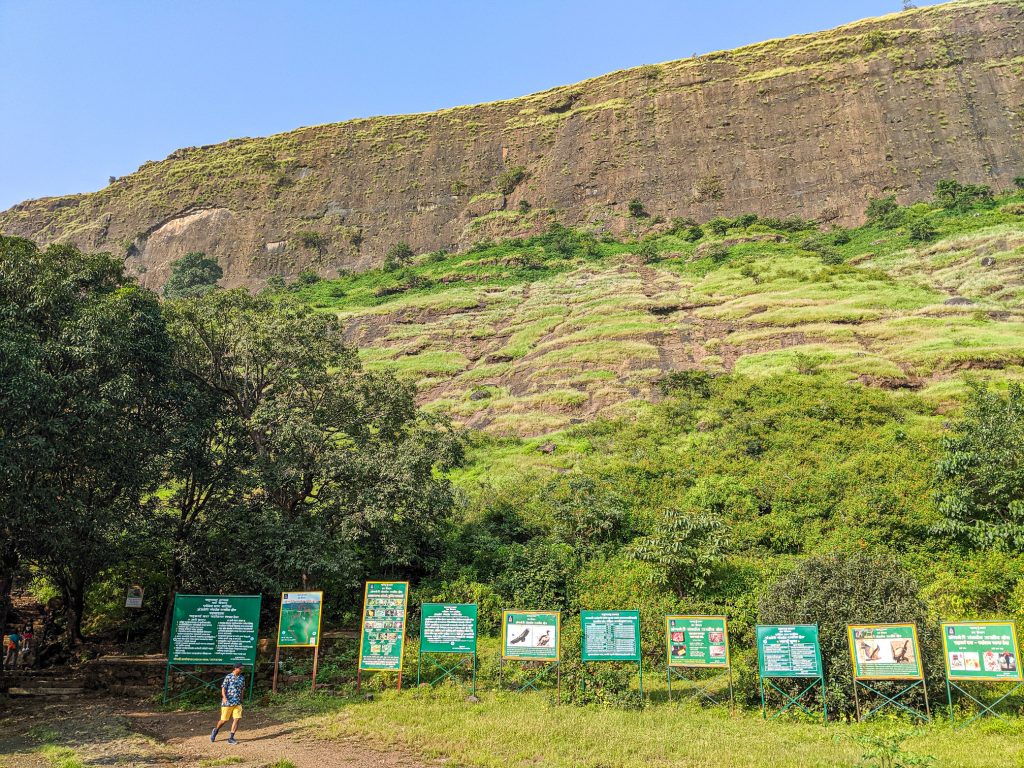
At this point we confirmed what I had read on-line: Cameras are not allowed. My new Sony RX-100 M5 had to stay in the car. All the pictures in this post were taken with my Google Pixel 2, most using Adobe Lightroom Mobile.
It was somewhat warm and humid as we made our way up the stairs clinging to the side of the steep cliff of the ghat. I’d brought Gatorade this time to be sure I didn’t overheat like I did a week earlier in Thane. The stairs are in decent shape and you ascend quickly, passing others who are coming down.
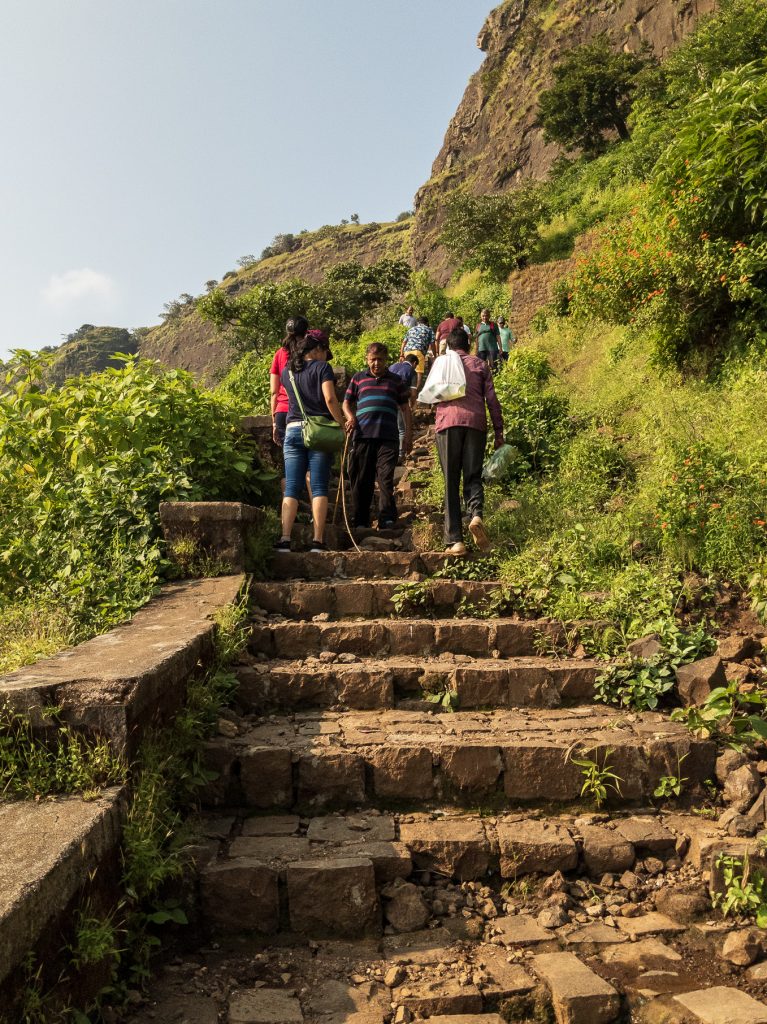
Having driven up a fair amount to reach the parking lot, the view of the countryside is quite impressive. This year had a very generous and long-lasting monsoon and the countryside was brilliantly green. This is a view of Anjaneri Lake from the path.
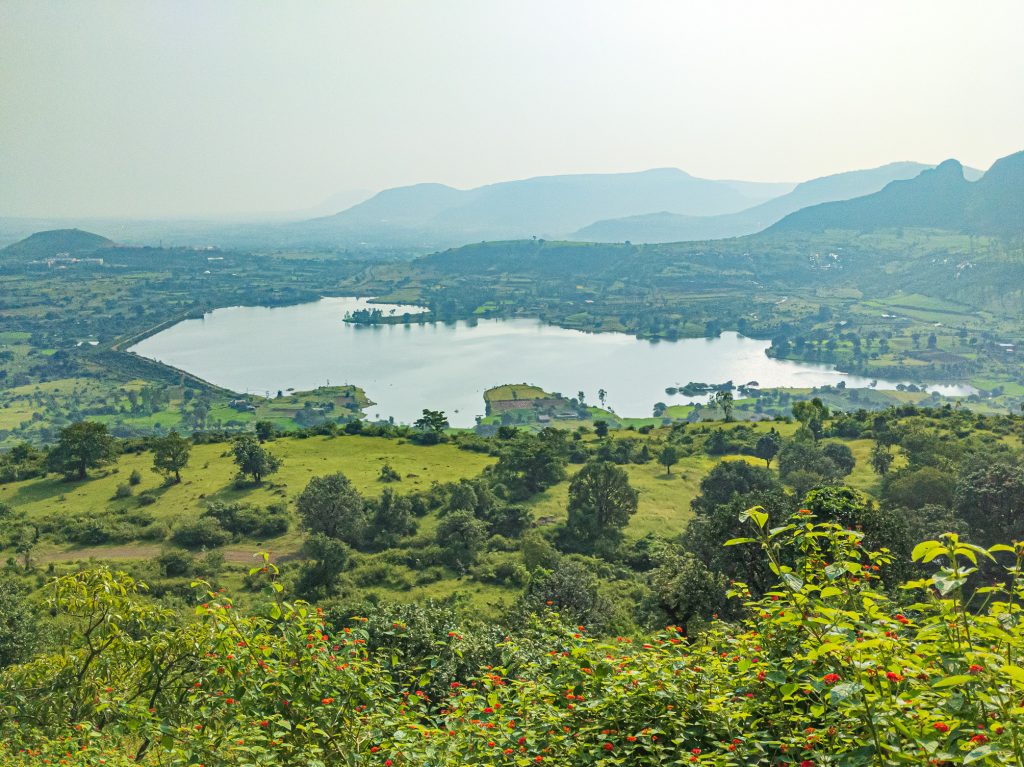
For those reading from the homepage, the story continues below. Please read on.
Continue reading
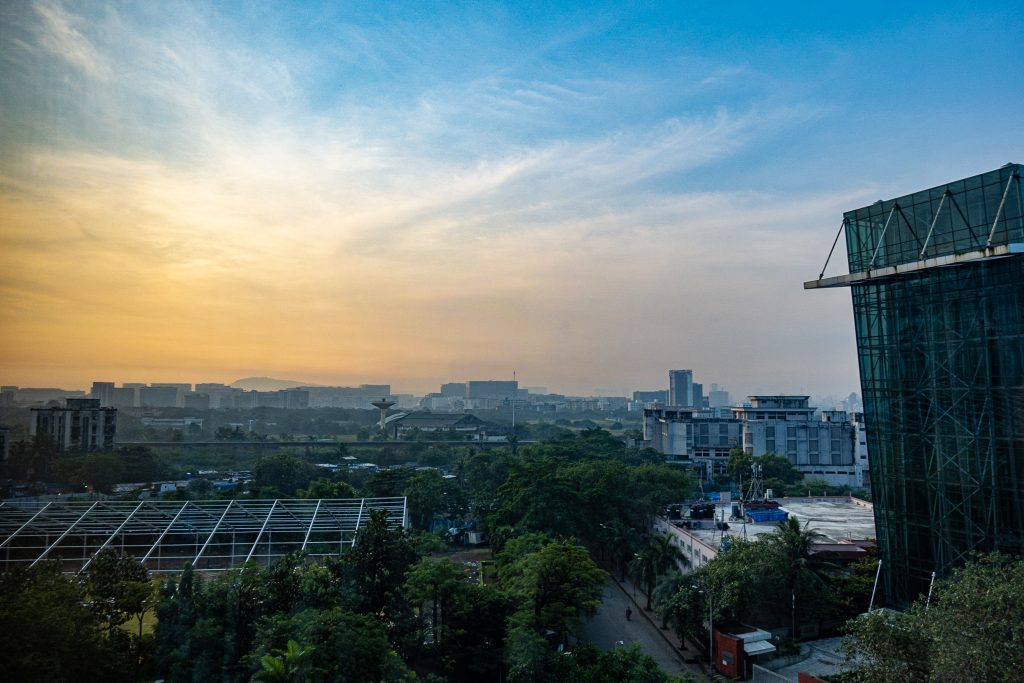
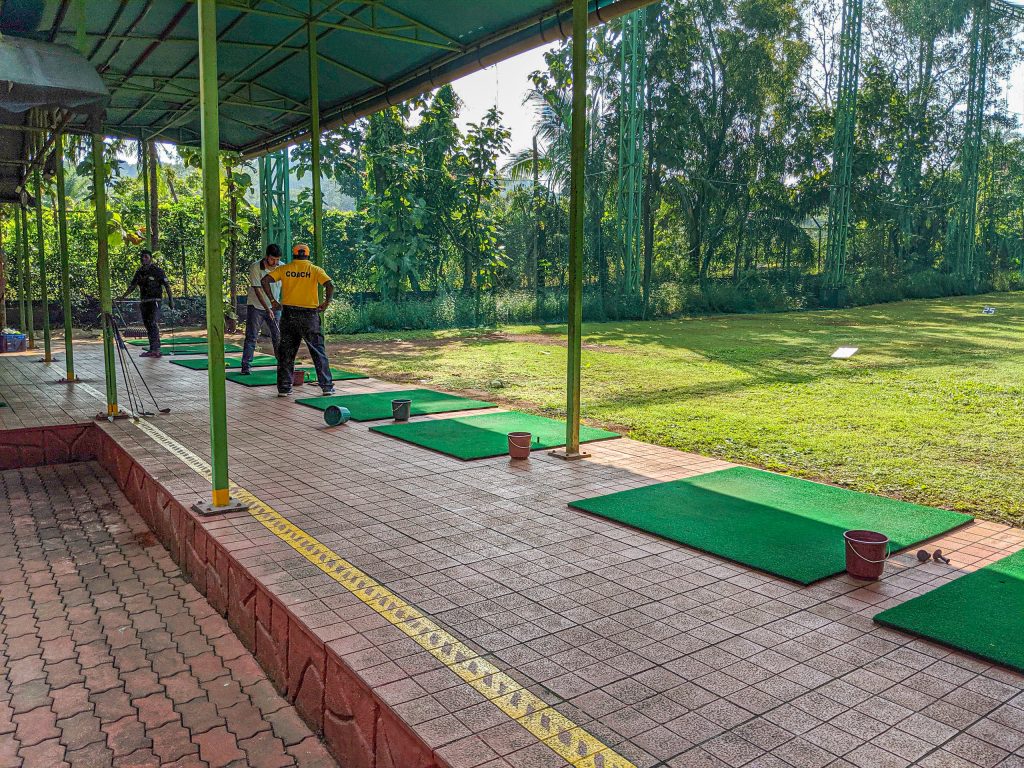
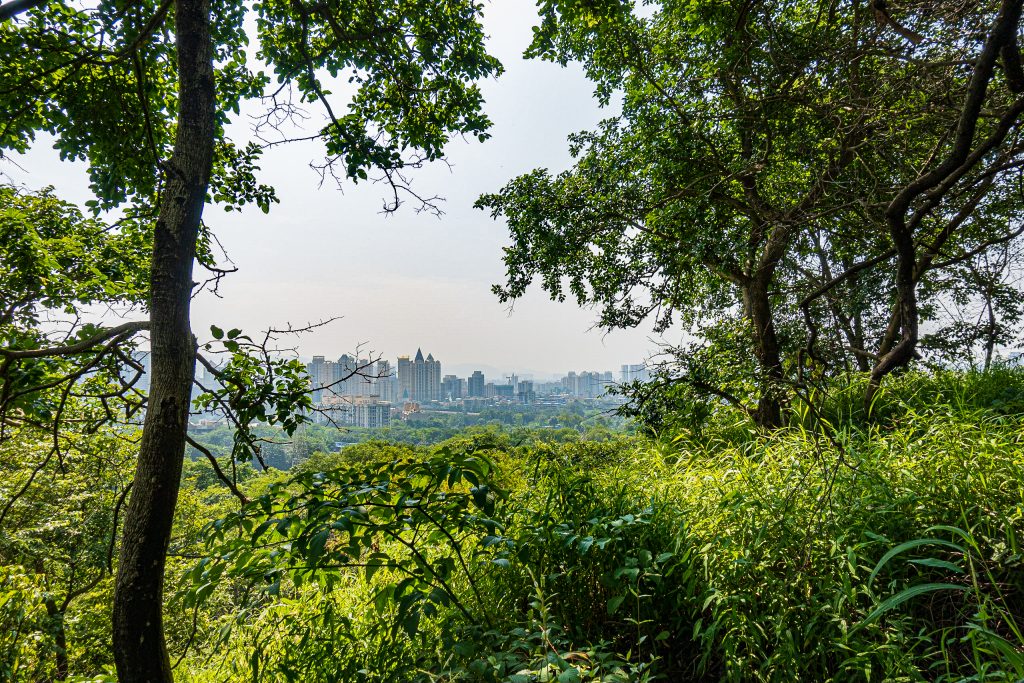
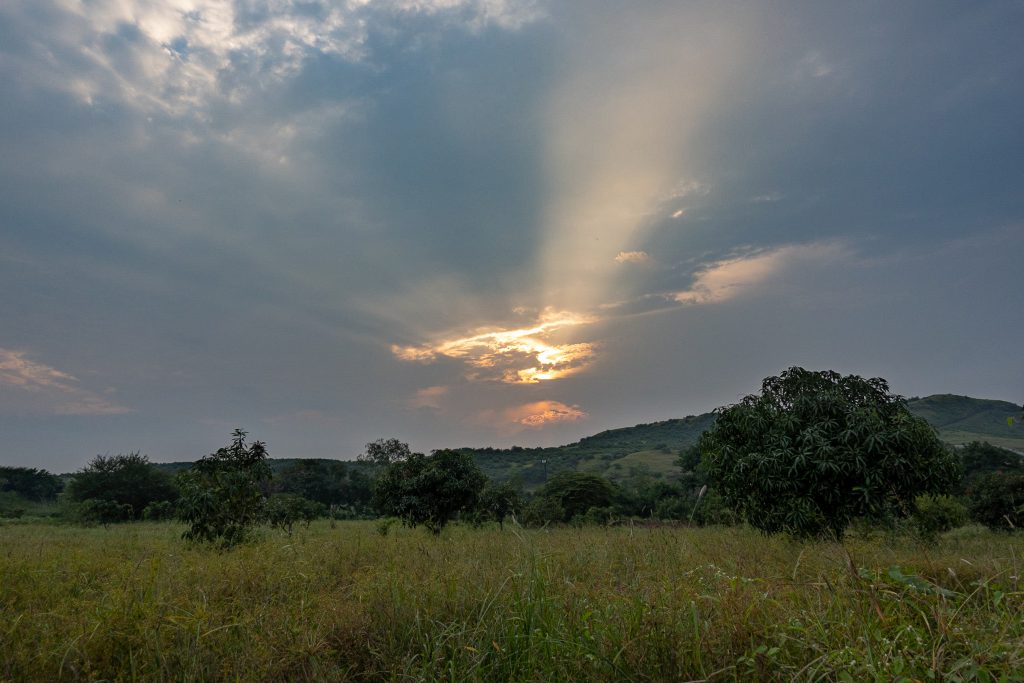

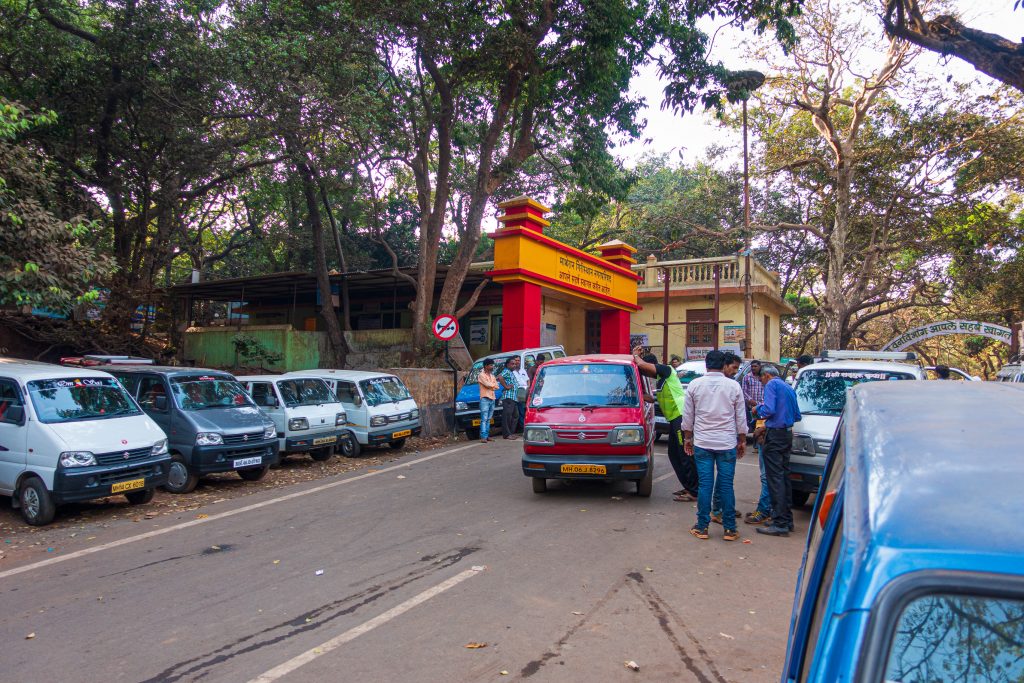
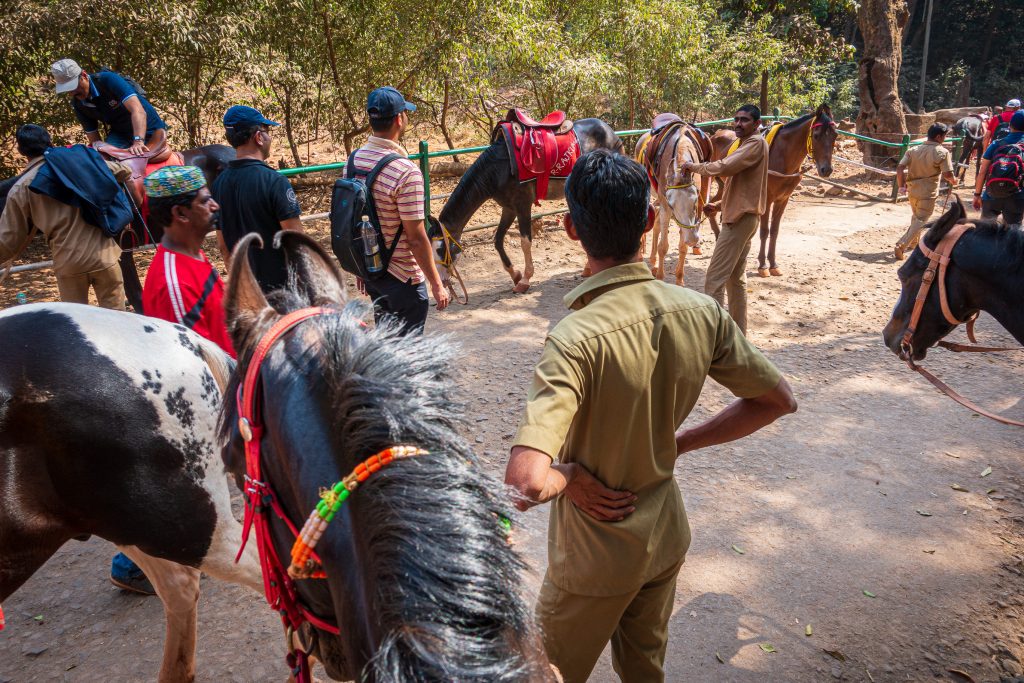
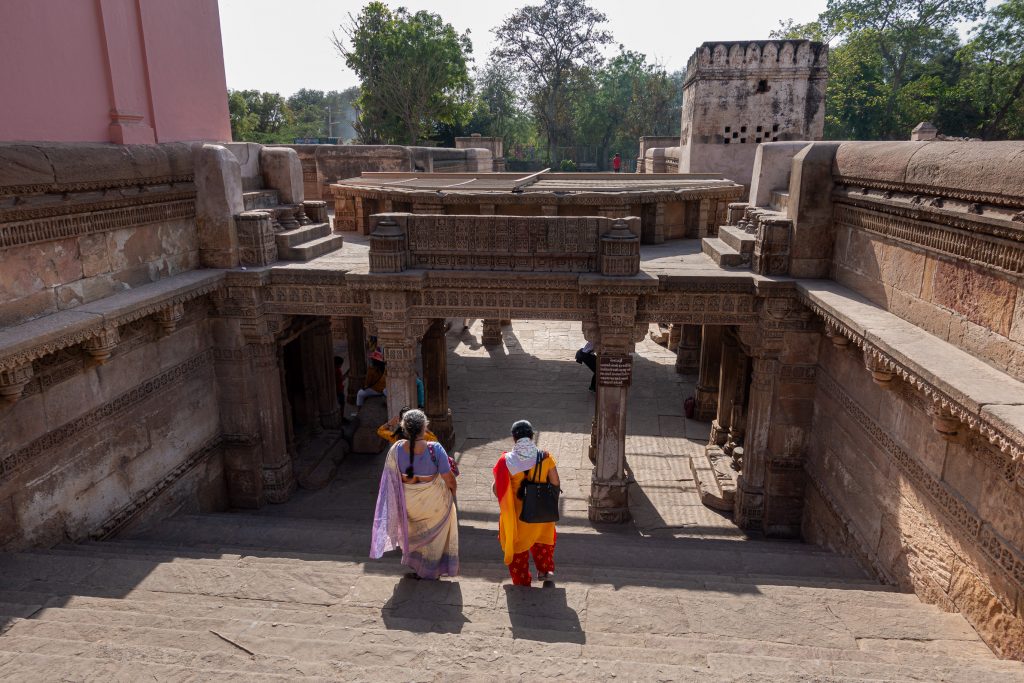
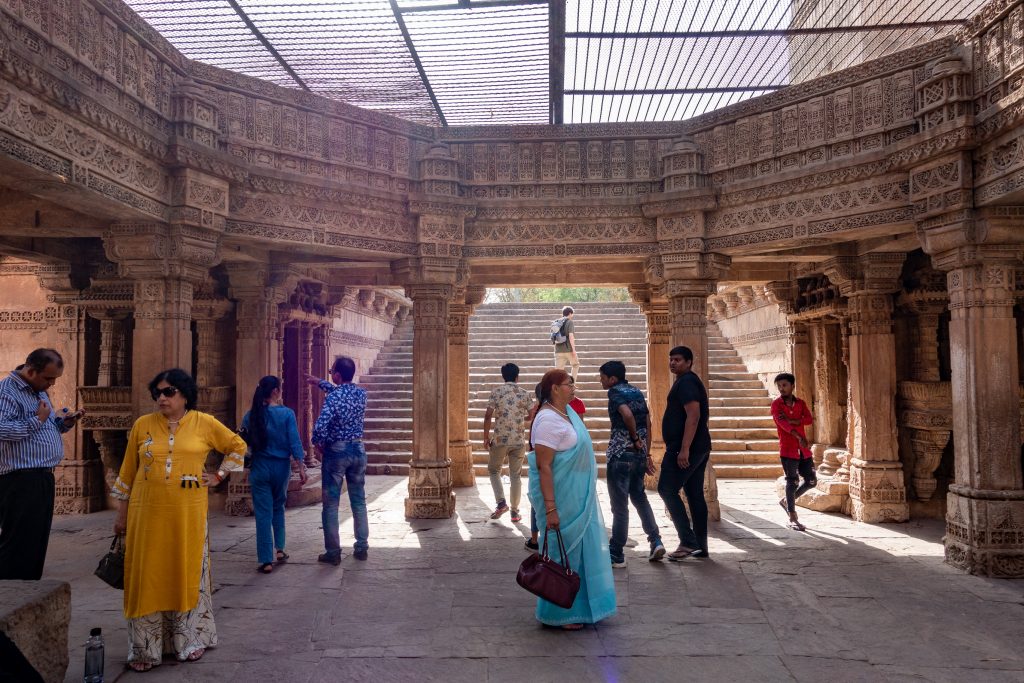
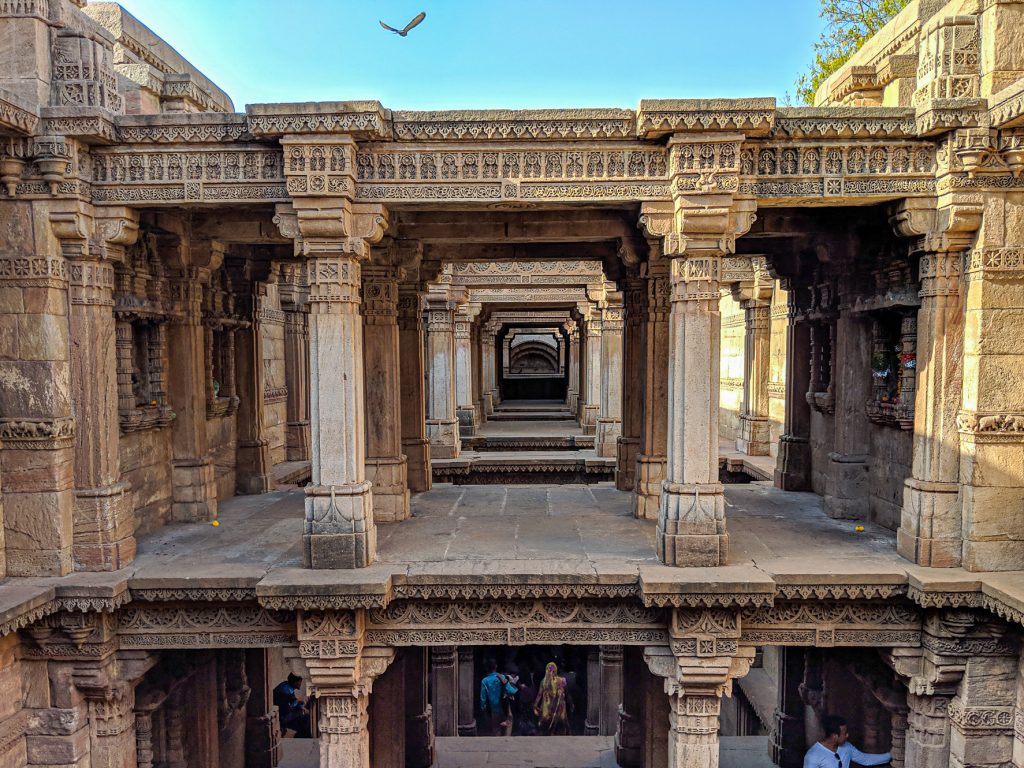
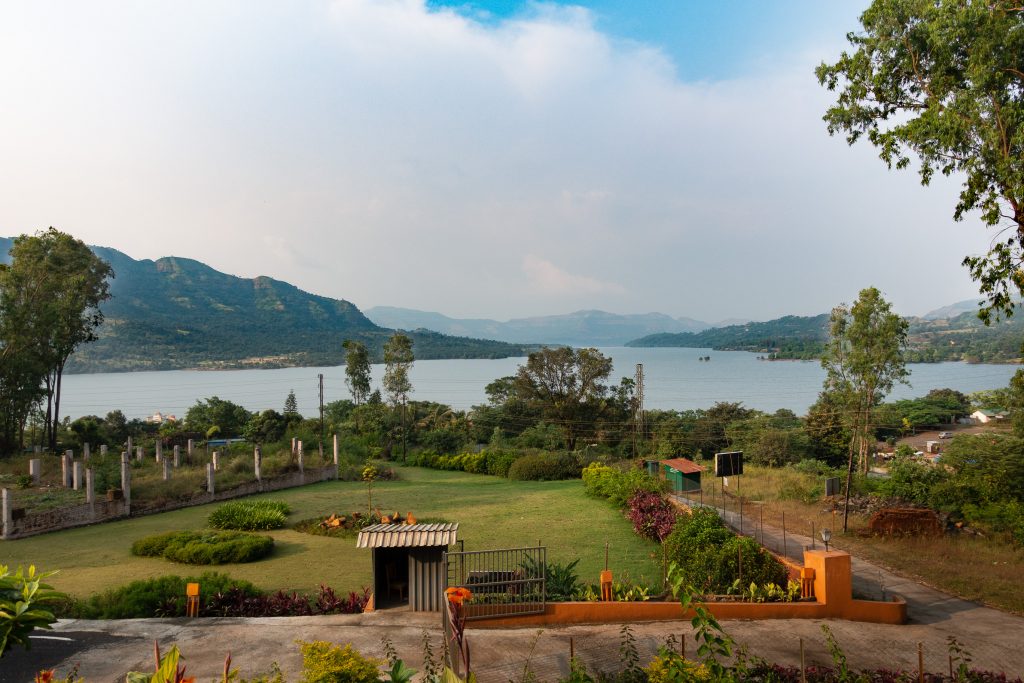
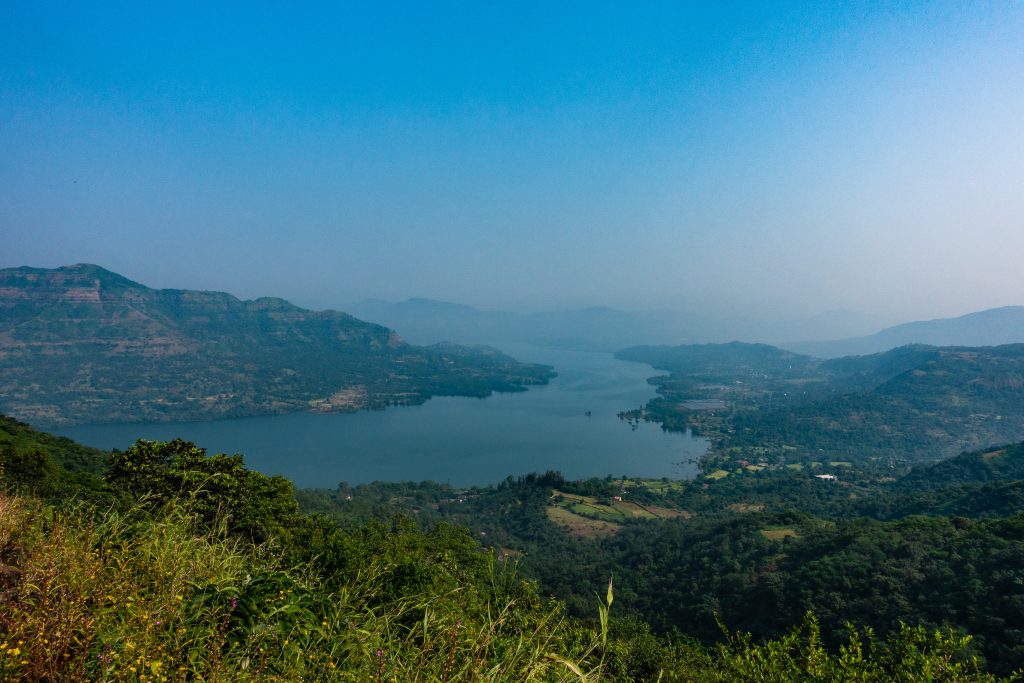
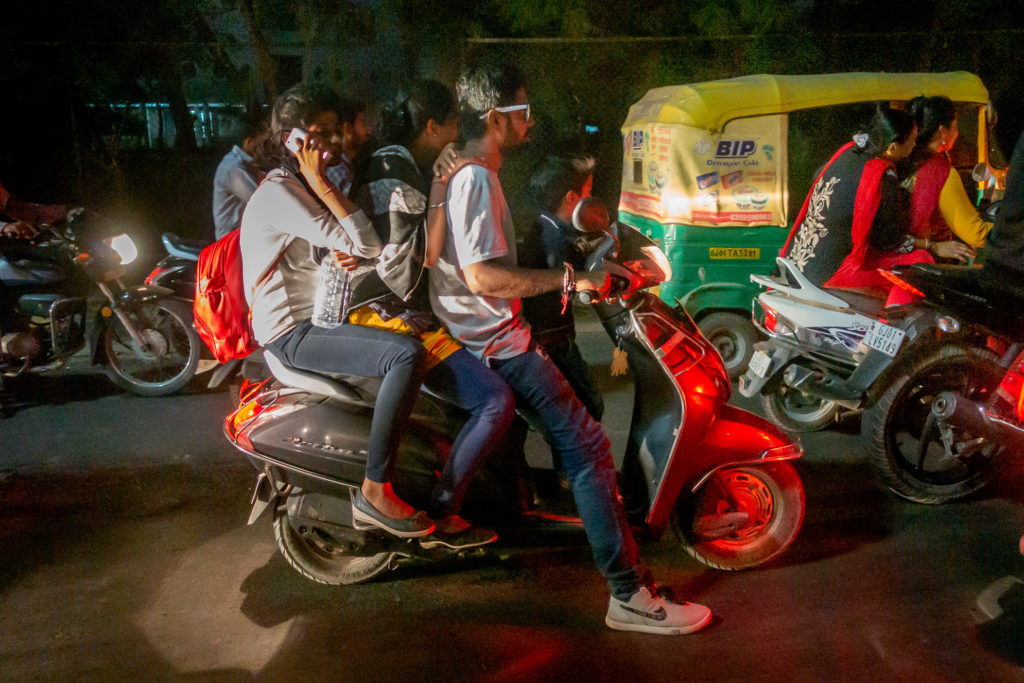
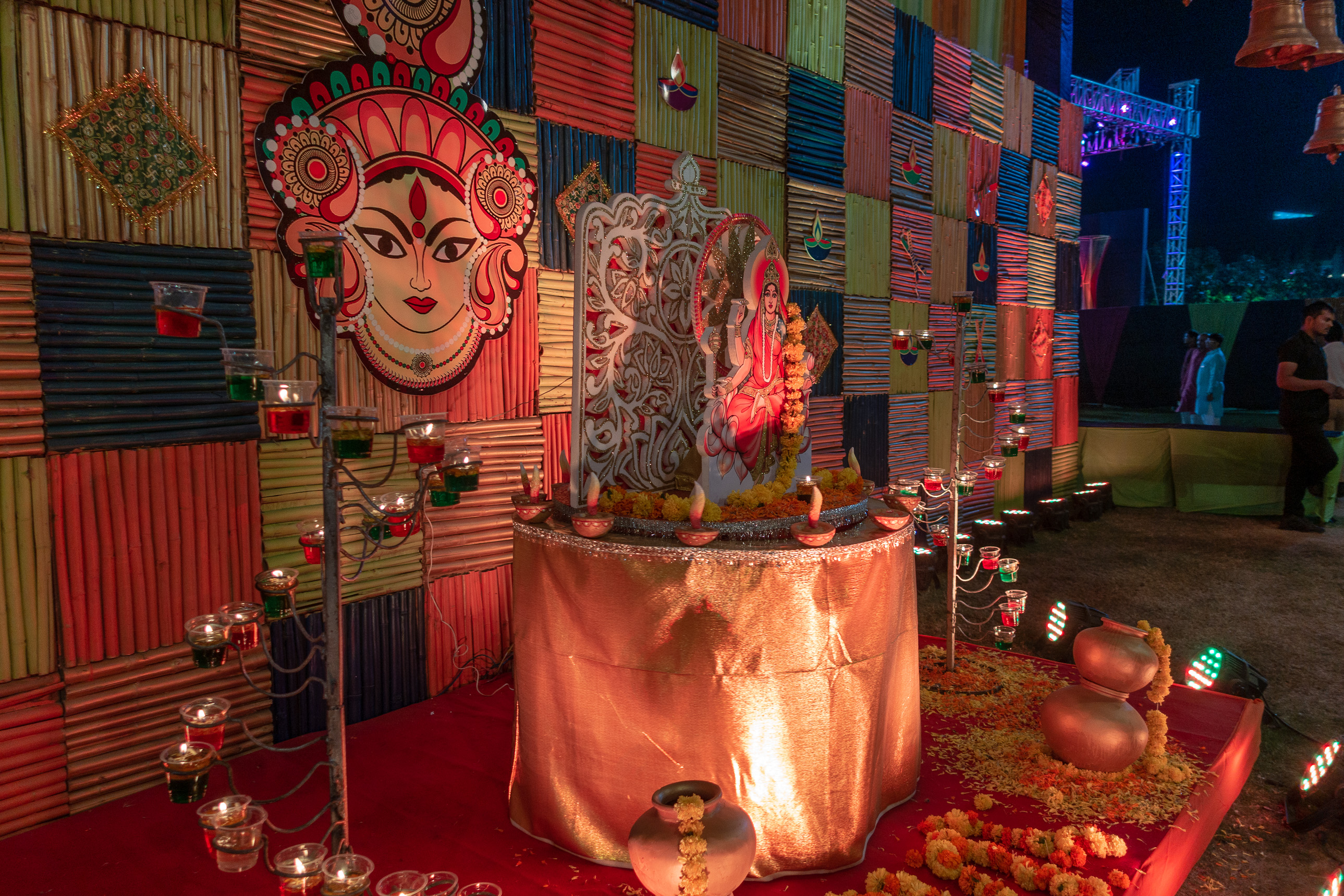
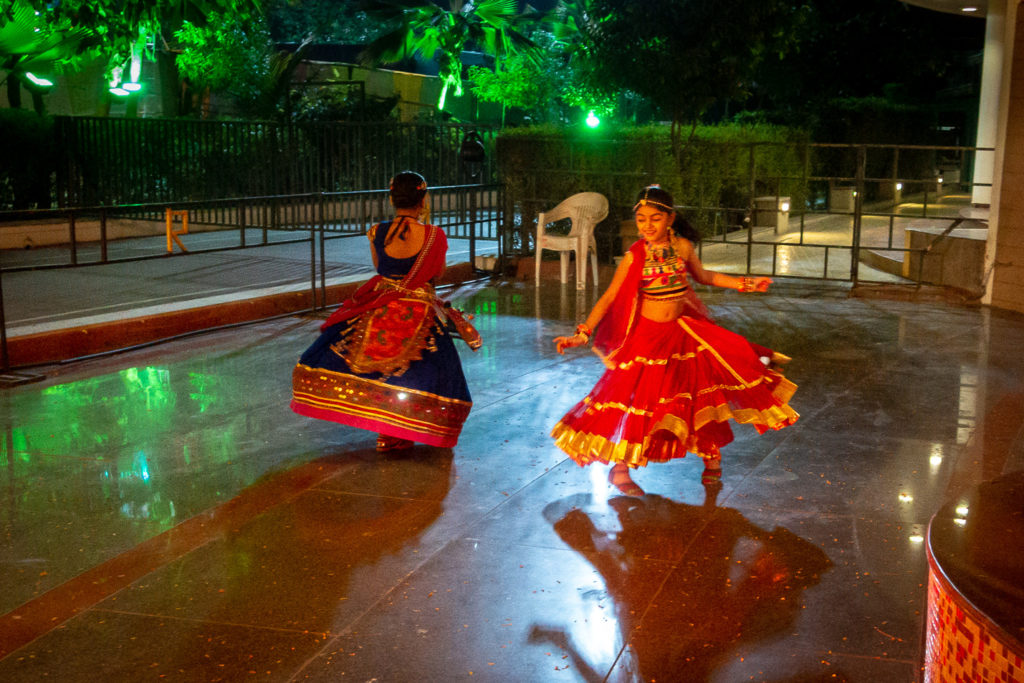
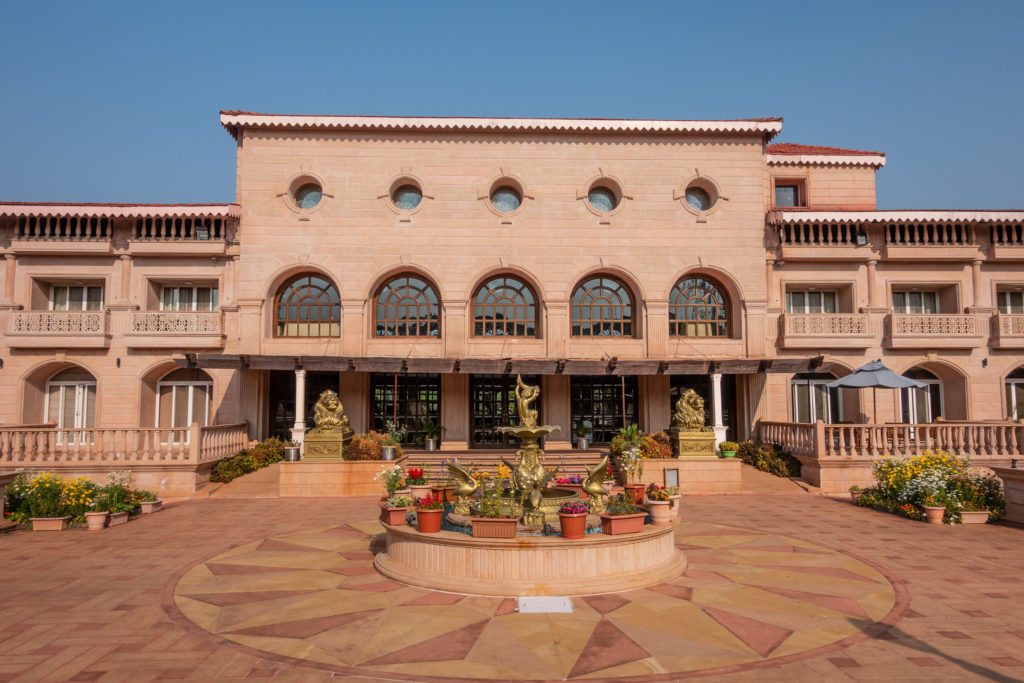
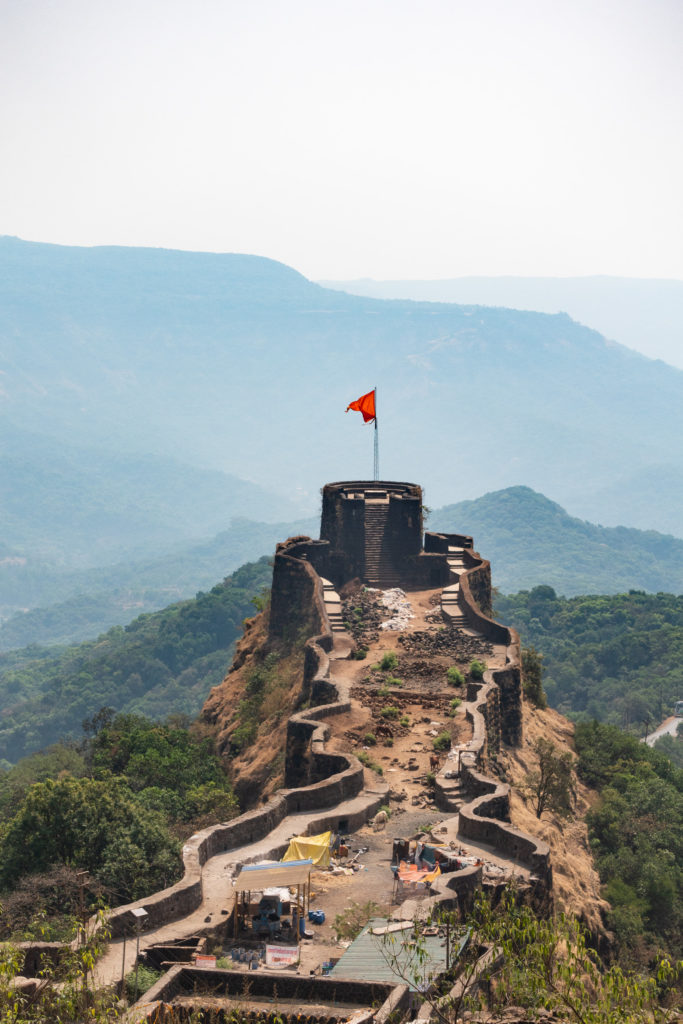
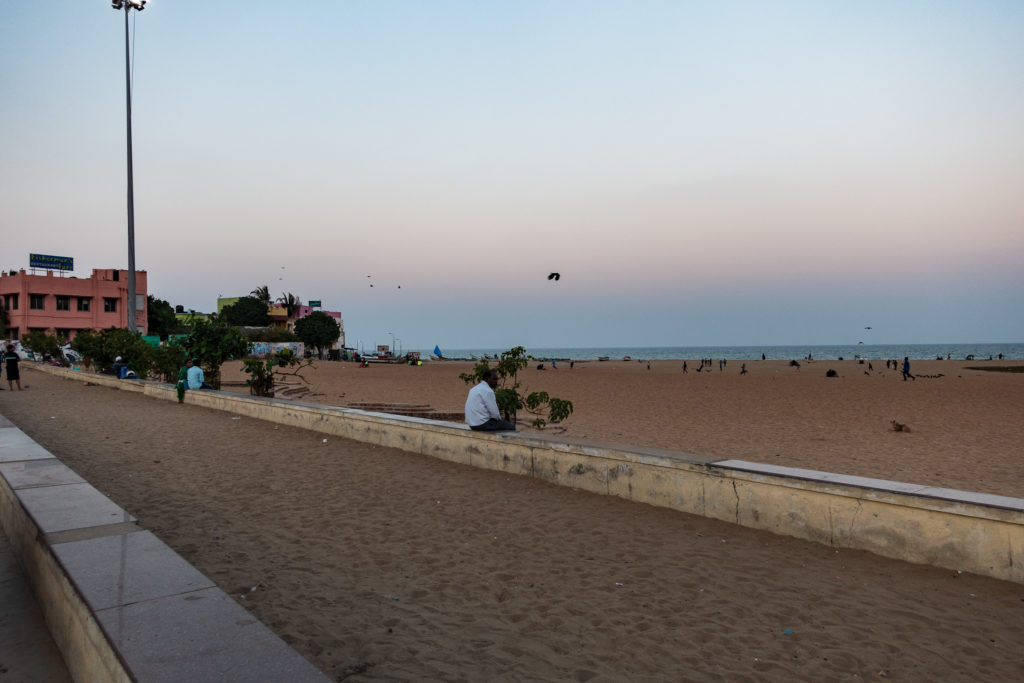
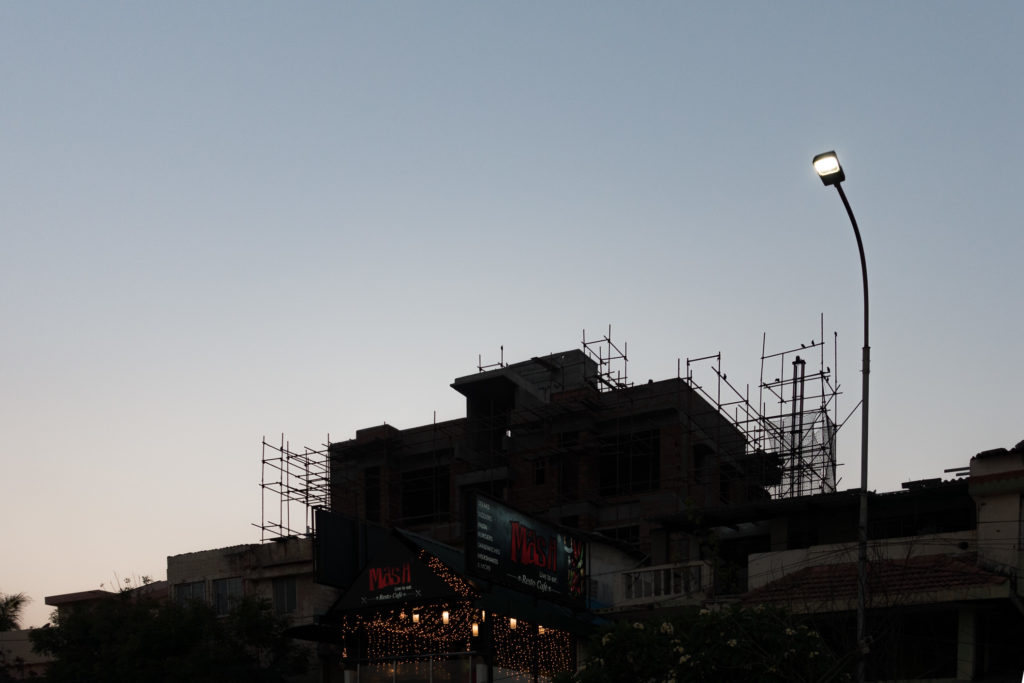
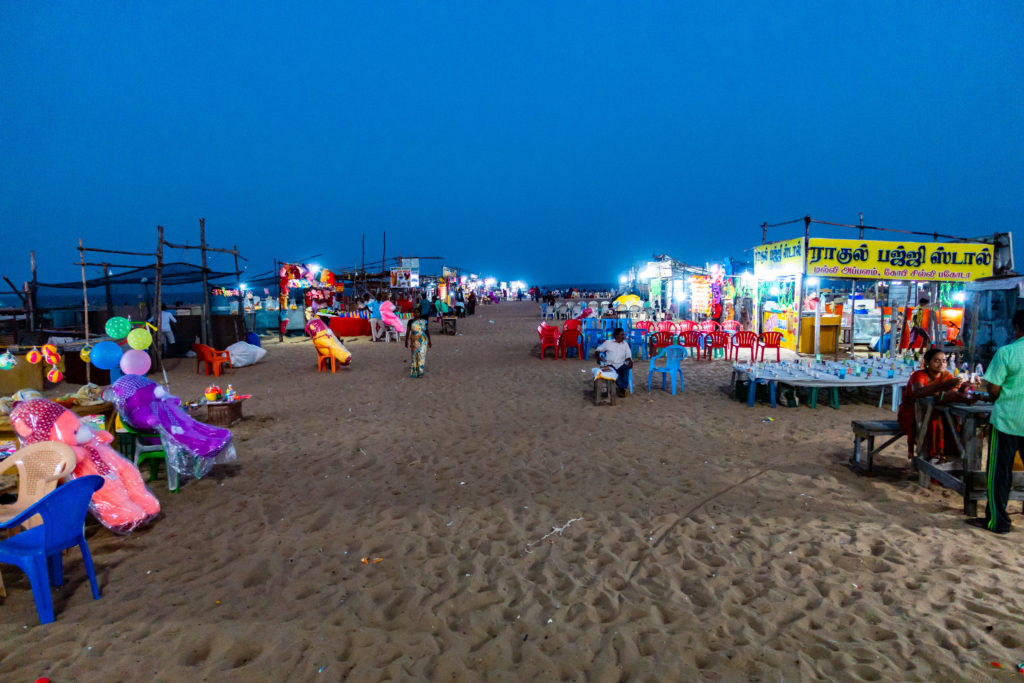
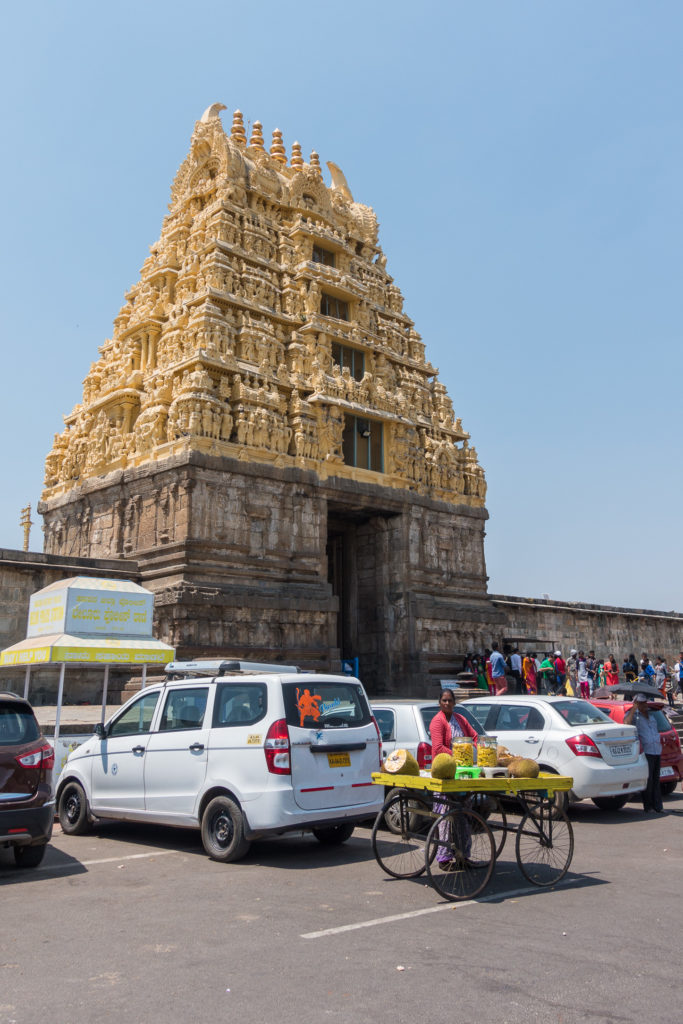

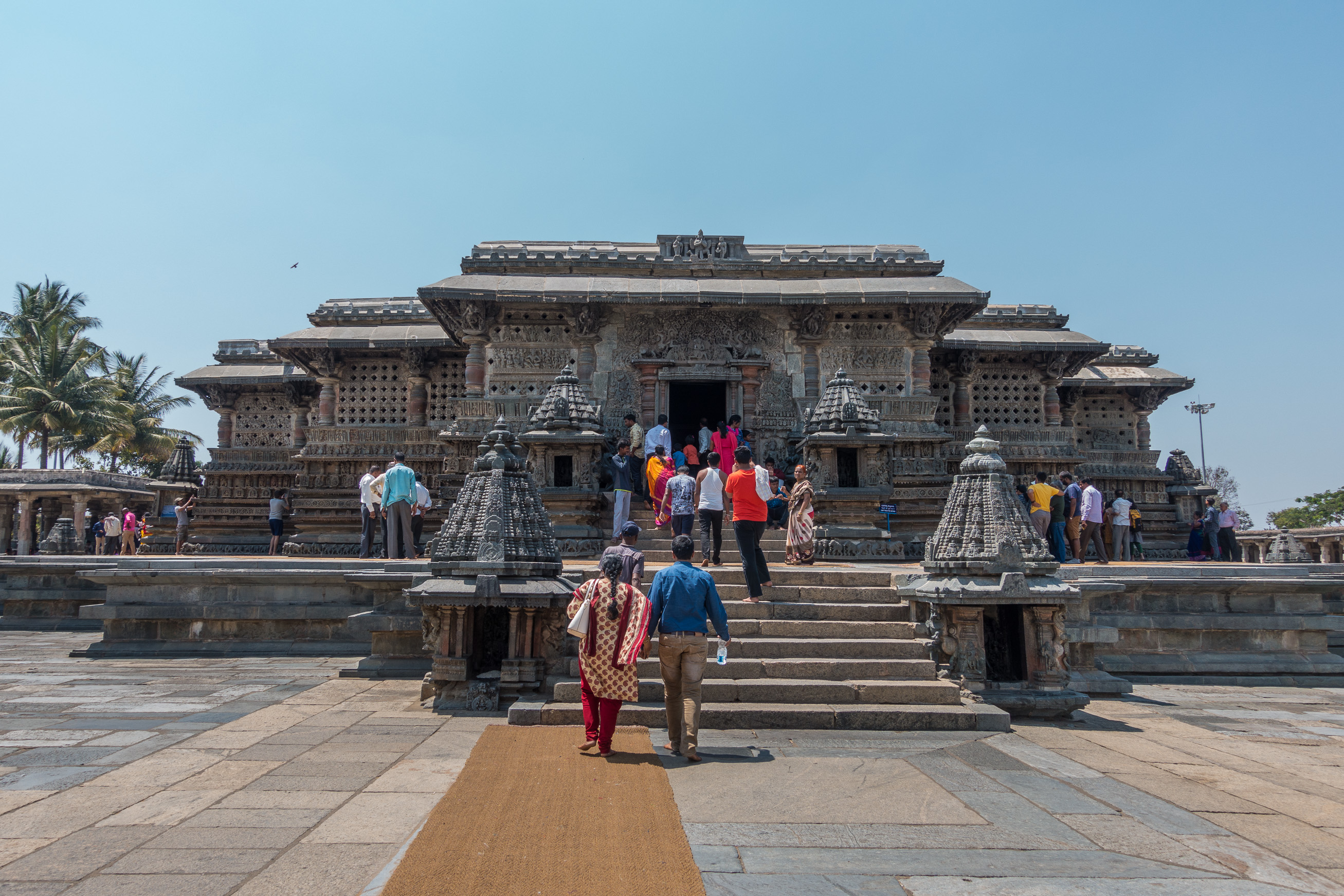
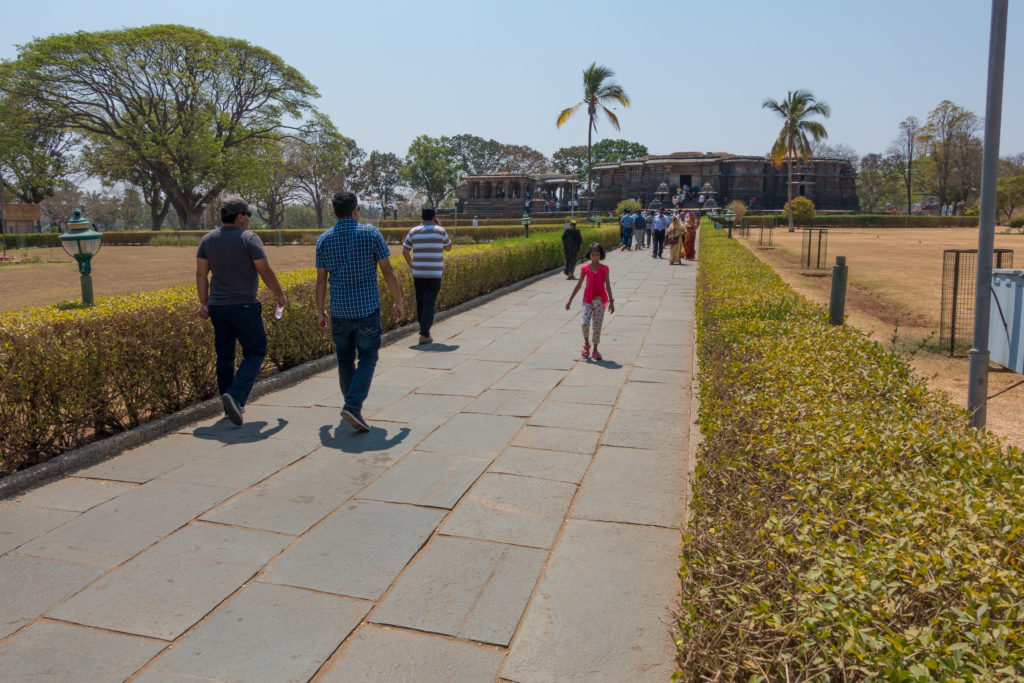
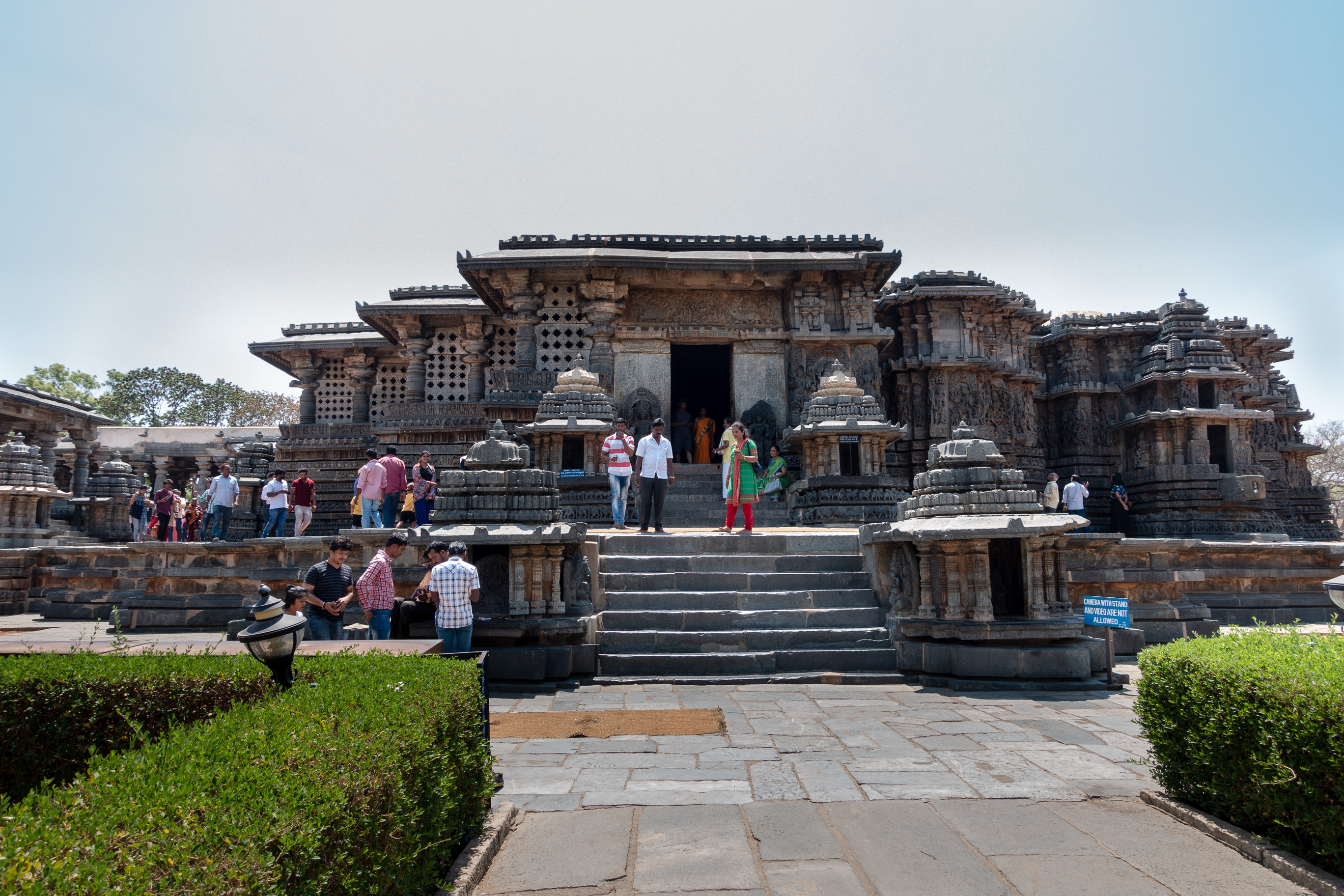
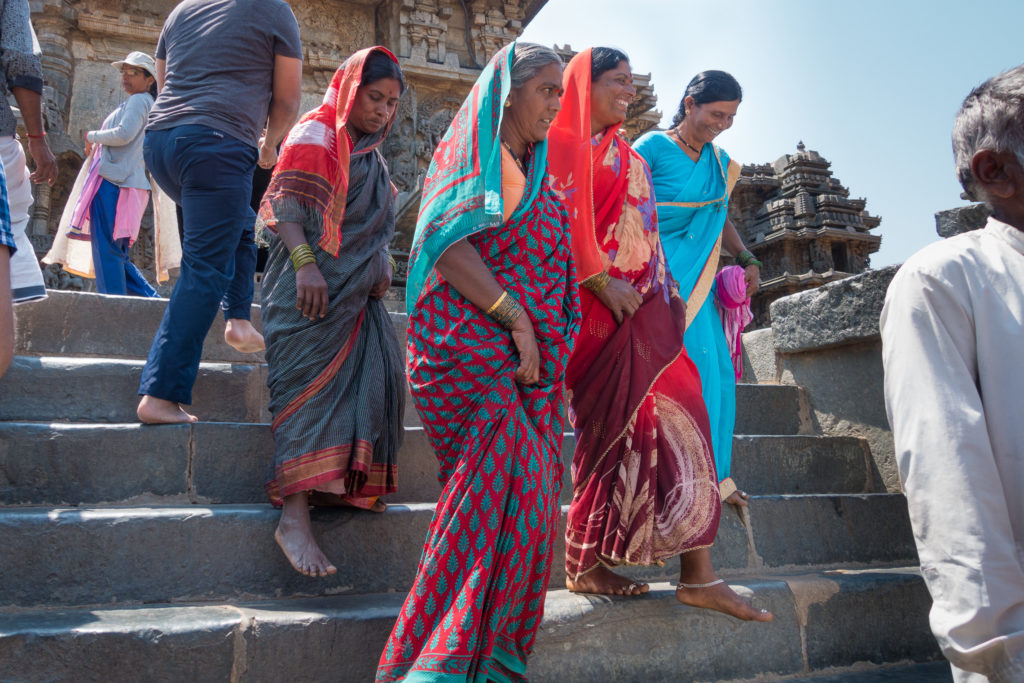
You must be logged in to post a comment.